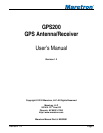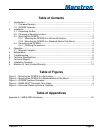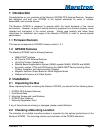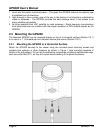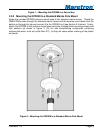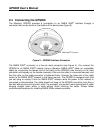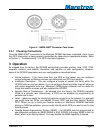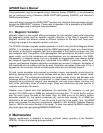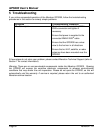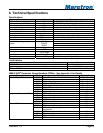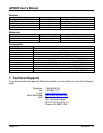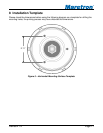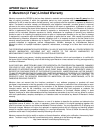
®®
Figure 4 – NMEA 2000
®
Connector Face Views
2.4.1 Checking Connections
Once the NMEA 2000
®
connection to the Maretron GPS200 has been completed, check to see
that GPS information is being properly transmitted by observing an appropriate display. Refer
to Section 5, “Troubleshooting”, if no GPS information appears.
3 Operation
As shipped from the factory, the GPS200 automatically provides position, time, SOG, COG,
magnetic variation, and satellite information and requires no user configuration. However,
some of the GPS200 parameters are user configurable as described below:
• Device Instance - If you have more than one GPS on the vessel, you can configure
unique instances so listening devices can distinguish one GPS from another.
• Installation Description - You can configure a couple of special text fields within the
GPS200 with any text you desire. If you do configure these text fields, they will show up
with certain diagnostic tools (e.g., Maretron’s N2KAnalyzer software) and are useful for
things like location or when and who installed the GPS200.
• Periodic Rate of Transmission – As shipped from the factory, the GPS200 transmits
PGNs at a periodic rate. Alternatively, a PGN can be disabled by programming its
periodic rate to zero.
• Label - Labels are useful for identifying particular products on the network. For example
you might have two GPSs, one labeled “Primary GPS” and the other labeled “Backup
GPS”. When you go to build your favorite screens on Maretron’s DSM250 dedicated
display or N2KView software, you can easily identify which GPS you want to use for that
favorite screen.
• Satellite Based Augmentation System (SBAS) – the GPS200 may be programmed to
use differential correction or SBAS (WAAS in USA, EGNOS in Europe, MSAS in the Far
East), which is the factory default. You may disable the SBAS capability if desired.
Revision 1.2 Page 5



